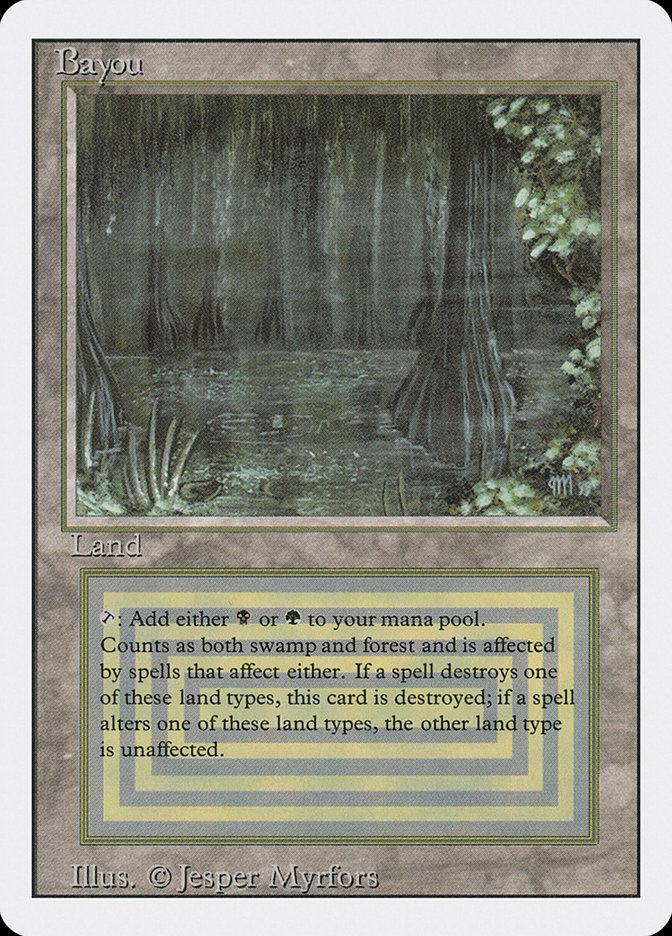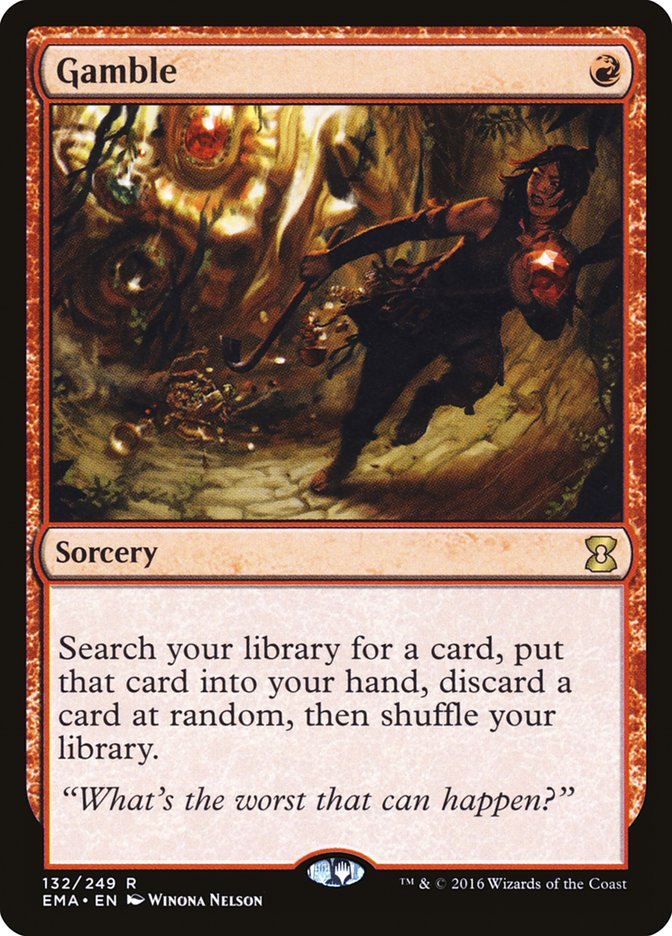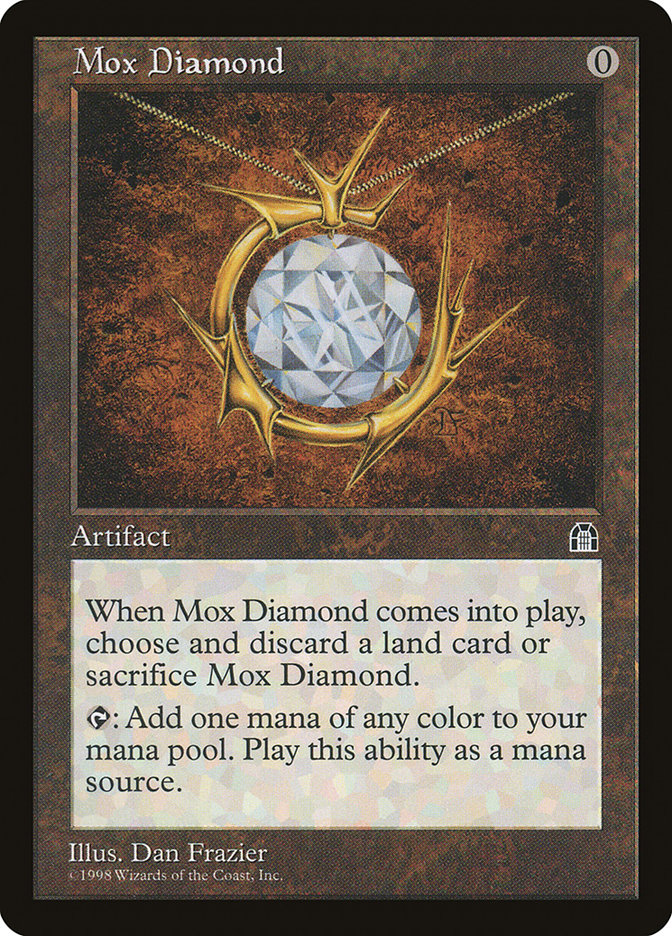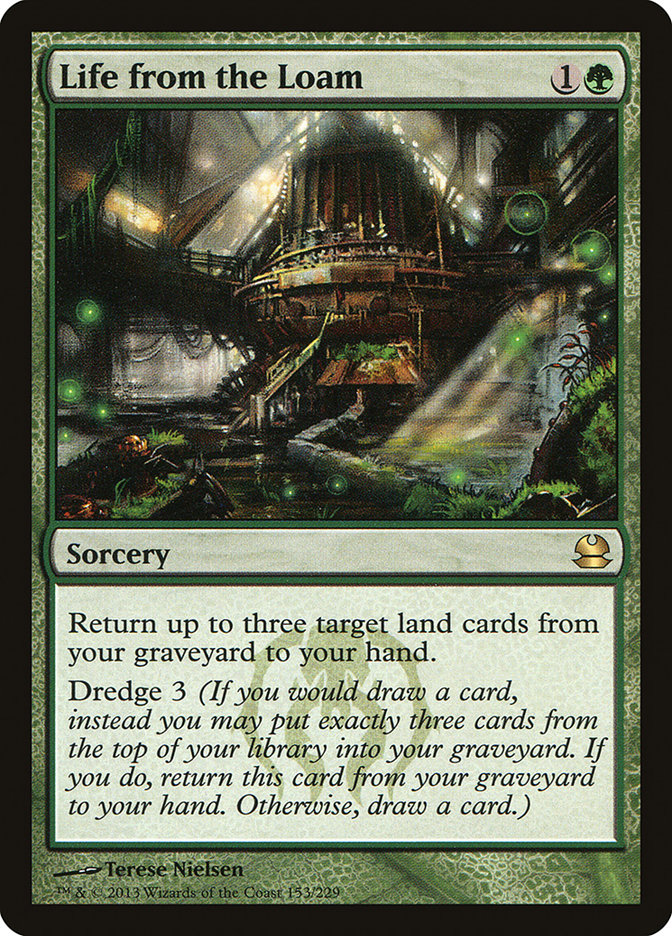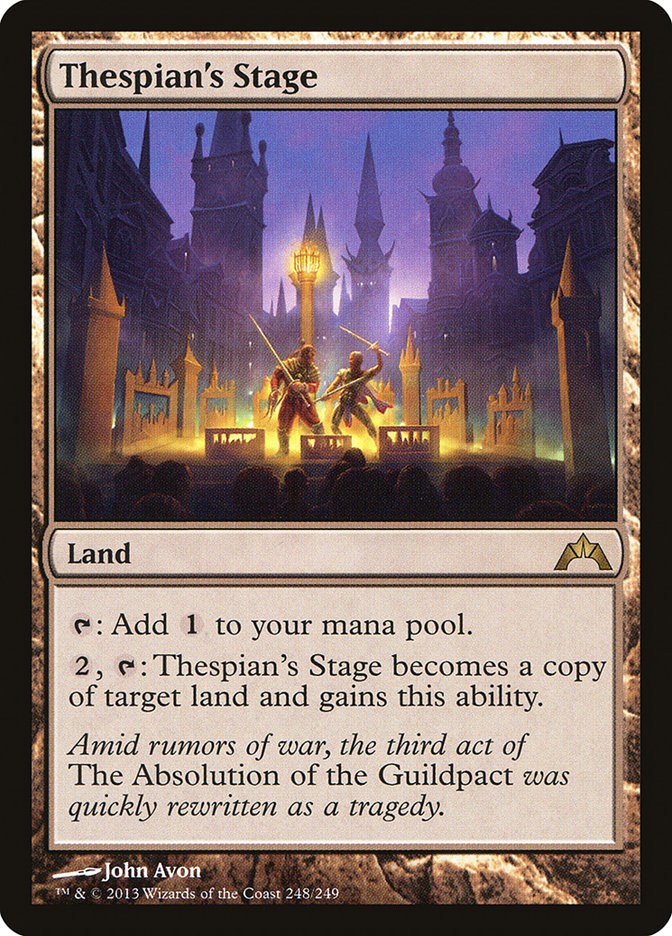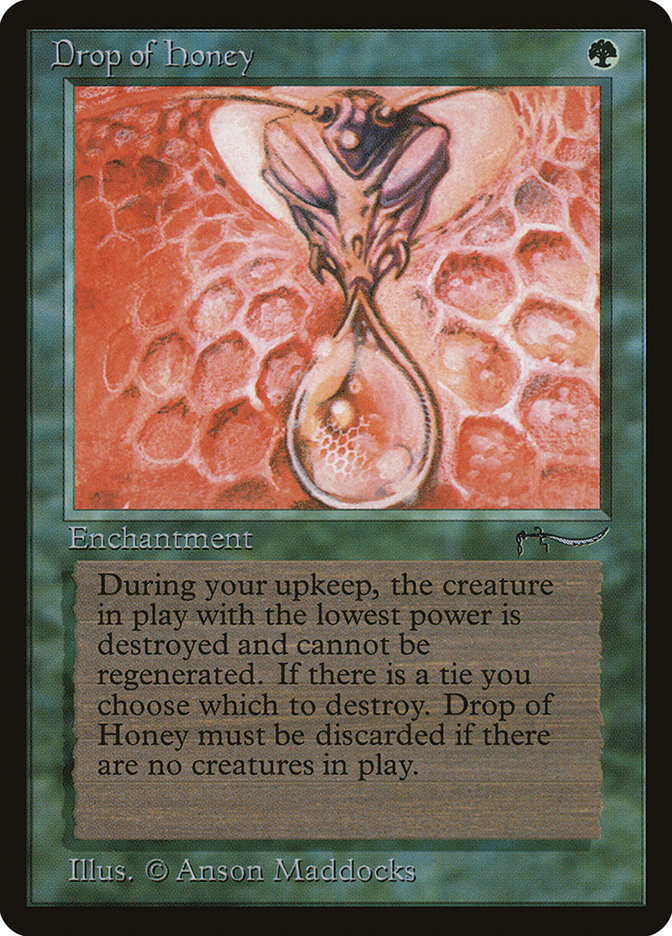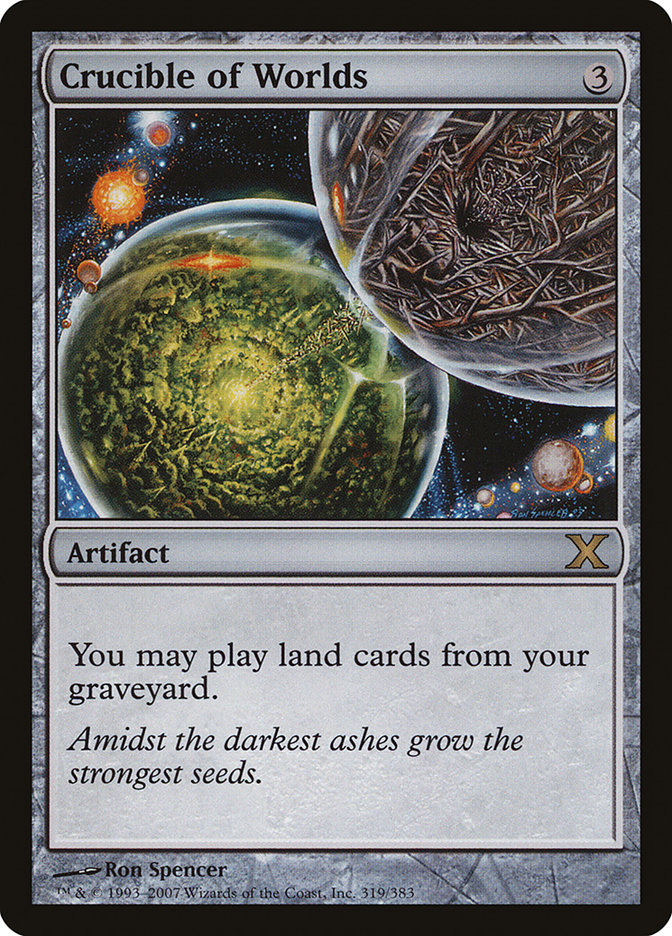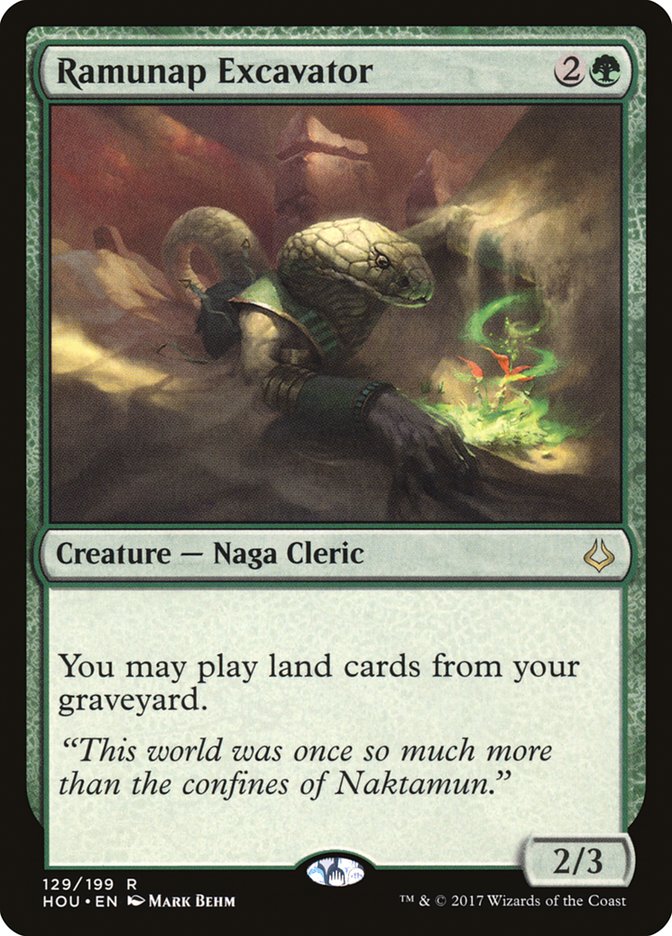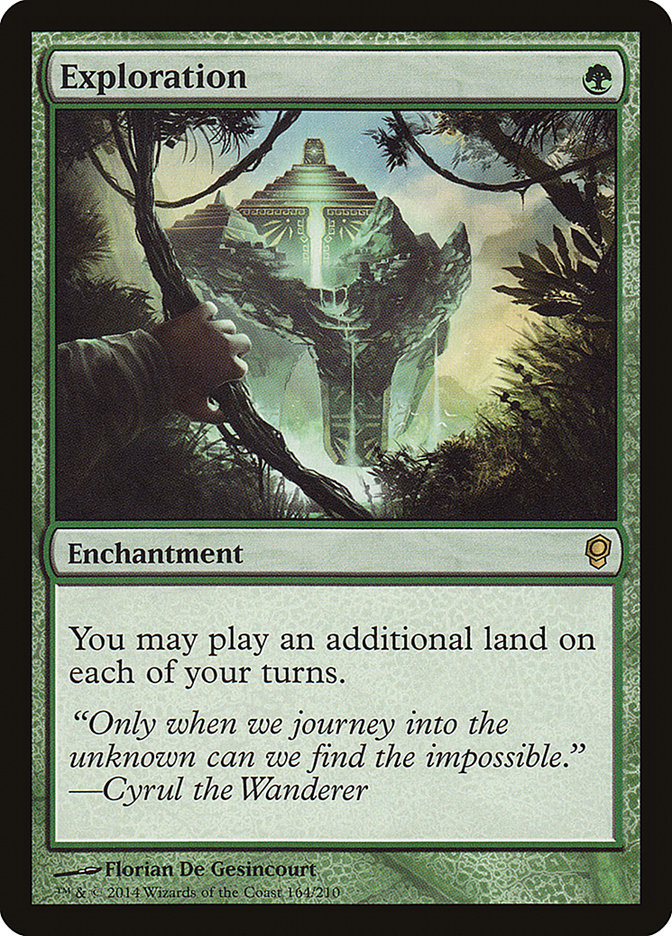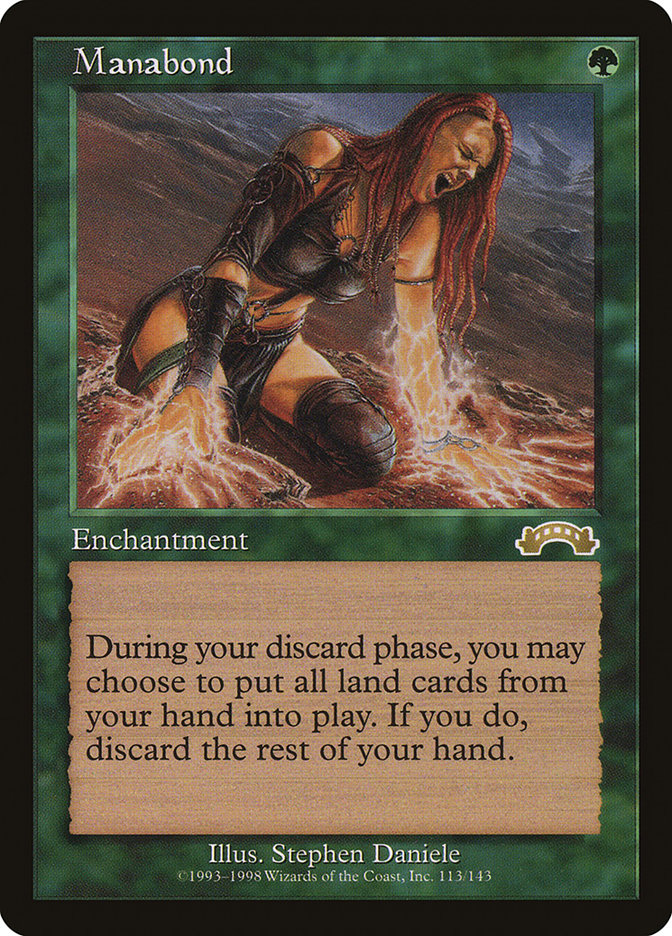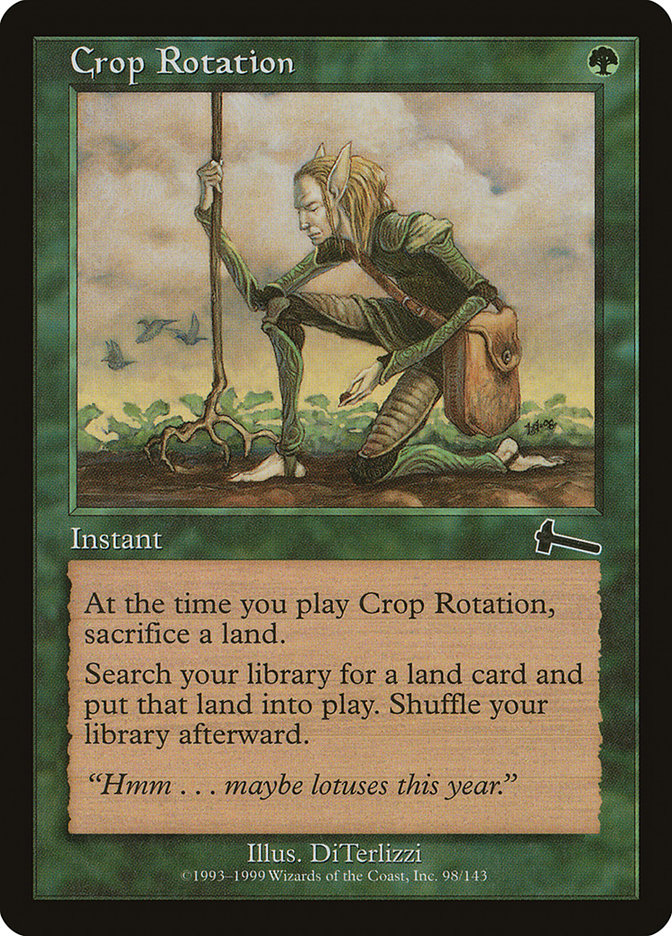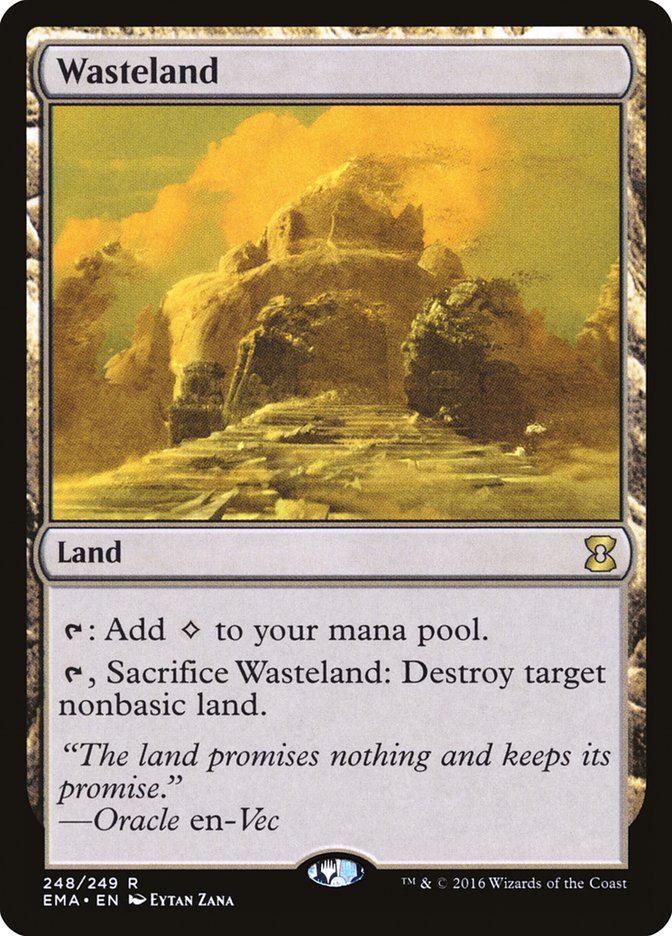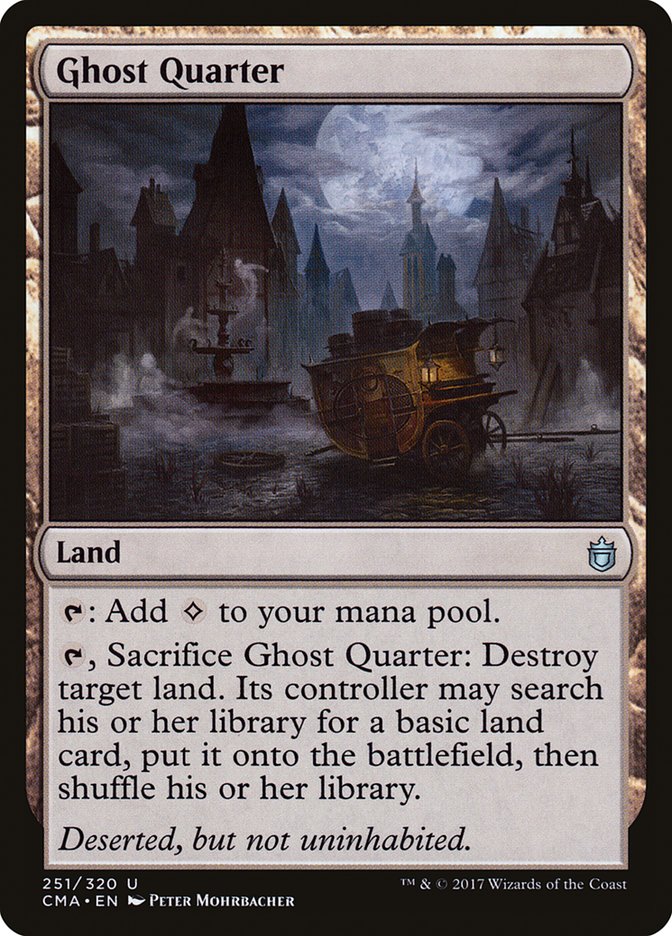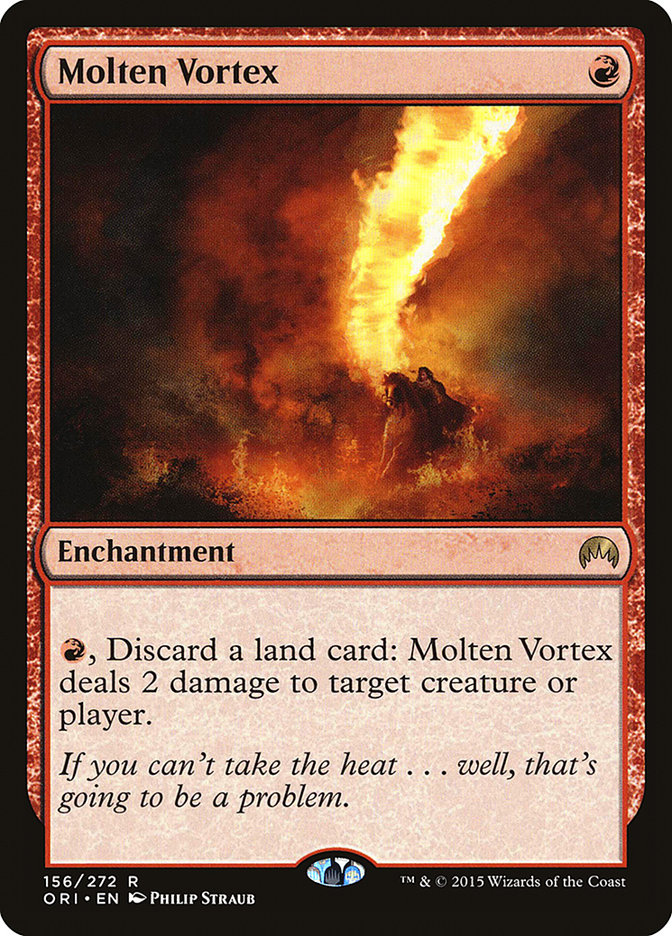It’s truly hard for me to imagine that anyone is more excited than I am about the Team SCG Event in Atlanta this weekend, but let’s see if I can get you on my level.
It goes without saying, especially if you are reading this, that Magic is fun to play, and if you are competitive like I am, so is winning. Of course you can’t win every event, so usually I find solace in watching a friend win after I am dead in an event. So what if I told you that you can win after you lose after watching your friend win? Read that question again to get a glimpse of how swingy and exciting this weekend is about to be.
I have played in many team events over the years and there is one factor that makes it one of my favorite formats, second only to Legacy. From the Team Sealed PTQs of old, all the way up to GP San Antonio debating Aaron Barich for his Dryad Arbors, team formats have always rewarded the most untested skills: collaboration and team unity. SCG has established a masterpiece of the team format by ignoring construction rules and bringing players together across three formats.
Although the party started in Baltimore at the beginning of the year, I got my first taste at SCG Louisville. Immediately after GP San Antonio, fellow teammates of 504 MTG bowed out on making a run in Louisville, so I was on the prowl, as some of you still might be, at finding a workable team for the event. Being from Louisiana, I hit up old friend and Pro Tour Honolulu 2009 roommate Tom Ross. The conversation went a little like this:
Me: “Yo, Tom, you looking for a team for Louisville?” (I thought he might run it back with Todd Stevens from San Antonio)
Tom: “Haven’t talked to anyone about a team yet.”
Me: “Donald (Smith Jr.) is likely chasing Plat, and I told Aaron I wasn’t married to him.”
Tom: “How about Austin Bursavich?”
Me: “Not sure, let me check.”
Me: “Austin’s in.”
Tom: “Let’s battle. OG Louisiana crew.”
And so, as one Nick Miller would describe it, the Bayou Boys were born. I was most excited about the composition because we all were on the same wavelength. Austin and Tom both have the same competitive spirit and sheer will to win that I pride myself in. I played Legacy Lands, Austin ran back his SCG Dallas Death’s Shadow, and Tom turned creatures sideways in Standard. Long story short, we won our last round on camera and didn’t get the tiebreaker help, leaving us in a disappointing ninth place and hungry for more.
A lot has changed since then in all formats, but as I mentioned earlier, team events aren’t all about the cards. The Bayou Boys have run into a game state so beautiful and complex, even the most skilled players couldn’t overcome it: Austin had a second daughter. As a friend I’m happy for Austin beyond belief, but I knew he would be hard to replace. (At this point, I would like to note how baffled I am that Tom can meet a word-minimum when writing his articles each week, as the Tom I know always seems to bring conclusions in a short amount of words. )
Austin: “Got Todd Stevens on backup if you can’t make.”
Wow, what a replacement, Mr. Dapper himself. Immediately I knew he would be one of the best Modern players a team could ask for, but soon wondered how the team would mesh. I figured if he clicked with Tom, it would work, but it was the only doubt I had going in when it came to team chemistry. It also raised the hardest part of team play, naming the team. Also Todd previously highlighted in several dress-savvy teams and what would that mean for my 504 MTG jersey. The whole thing was starting to unravel. Do I where a dress shirt with a yellow bowtie to match my jersey worn over it? Maybe he had a swanky Fleur-de-lis tie clip for the whole squad? I honestly didn’t know much about the well-dressed gentleman.
A couple of weeks went by and I found myself at an Invitational afterparty with Todd and Tom and a ton of mixed company playing many games of a 21-and-up variety. Todd was a gracious host, but more importantly, a savage winner. He won three games on fire from long range and everyone that stepped up to him, he steadily knocked down, called shots all night. Any doubt in my head on what the team chemistry would be like was quickly dispelled one shot at a time.
So began the saga of Dapper Todd and the Bayou Boys…
So now that I have covered the important things, let’s get down to the less important:
Lands (36)
- 1 Forest
- 1 Wooded Foothills
- 4 Wasteland
- 2 Taiga
- 1 The Tabernacle at Pendrell Vale
- 1 Karakas
- 1 Ancient Tomb
- 1 Barbarian Ring
- 1 Windswept Heath
- 3 Maze of Ith
- 1 Tranquil Thicket
- 1 Glacial Chasm
- 4 Ghost Quarter
- 4 Dark Depths
- 3 Grove of the Burnwillows
- 1 Horizon Canopy
- 1 Misty Rainforest
- 4 Thespian's Stage
- 1 Sheltered Thicket
Spells (24)

This is a beauty. My heart. Everything I love to do: destroy lands, ignore counterspells, and Gamble. By this time, I feel most people should know what the best deck in Legacy is doing, but I should explain it from the top down, in my own words.
I know “best deck” in Legacy is a bold statement, but let me ask you a question: if you were allowed to play Demonic Tutor, Tinker, Moxen, and Ancestral Recall in Legacy, would you? What If I told you that Lands plays all four and the Recall had dredge? That’s right. We play all four in the form of Gamble, Crop Rotation, Mox Diamond, and Life from the Loam. Not the same cards you say? In the context of the deck composition, I would say they are even better.
I feel in a team event, it’s best to have a specialist in each seat. We all know Tom gets down in Standard, and Todd has shown an impressive range in Modern, but for those who don’t know me, here’s my resume.
Although I’ve been Loaming since the Extended CAL era, this was one of the first tournaments where I played Lands. Although not the first iteration of the deck which attacked with Nantuko Monastery and Mishra’s Factory, this is from the second age of the deck that utilized what I would call the “scoop step” for a primary win condition. Basically you locked down your opponent’s resources, all while keeping your engine of Loam and Academy Ruins running until your opponent couldn’t take it any more. This age of the Lands has led to many misconceptions about the current archetype that hopefully I can dispel today. Let’s start with GP Seattle Champion Jarvis Yu’s and my list from the same tournament:
Lands (35)
Spells (25)
Sideboard

So what’s different between the second and third Age? It’s not written in the card list.
It’s the “legend rule.”
The change to the legend rule allowing you to choose which identical legendary permanent to keep on the battlefield if you control two of the same blew the deck wide open with the interaction between Thespian’s Stage and Dark Depths. With a Depths and a Stage and two available mana, you use the Stage copying the Depths. Now you have two cards named Dark Depths, so you sacrifice the original. Now you have a copy of Depths with no counters, which triggers, which you sacrifice for a 20/20 Marit Lage token (foil altered Cthulhu token is my favorite flavor).
This is the single biggest boon to the deck in a decade because it allows you to win faster when you need to and gives you a tremendous threat that doesn’t involve using your graveyard. The last time I remember such a polarizing threat density that had such difference in hate cards needed to attack both strategies was Gerry Thompson’s own creation in Thopter Depths. This two-pronged attack is really hard to defend against Game 1, being that the most common form of graveyard hate for Loam is Deathrite Shaman, which usually folds to a natural 20/20 even as late as turn 4.
Lands (35)
Spells (25)

The deck hasn’t changed much since then, but I found myself a bit unprepared for the team format given the timing of SCG Louisville. This was the first major Legacy event since Sensei’s Divining Top got banned and I incorrectly thought that all the combo decks would be out in force, so I put Bojuka Bog maindeck over Barbarian Ring and cut a Maze of Ith. This led to me dying at the hands of many a Gurmag Angler.
After a couple of weeks stewing in preparation for GP Vegas, I came across some Japanese Tech in the form of Drop of Honey.
I saw one in a list and bounced it around with some prominent Lands players, but I immediately knew it would be a two-of in my sideboard. The card is a little slow, but given a little support, it will surely destroy an opponent’s battlefield.
The best part about this card was the way it changed the game against Leovold, Emissary of Trest and True-Name Nemesis. Generally opponents would lead on Noble Hierarch or Deathrite Shaman into a three-drop, just to get their development questioned by the Arabian Nights enchantment. In Vegas I found opponents playing more creatures, while I played more Mazes. This route often left my opponent with no attackers against two Mazes. If they decide to wait it out two turns, they very likely wouldn’t have mana to play more threats, or they could be staring down a 20/20 that they couldn’t race. The card was a big game-changer for the inevitable shift to more midrange creature strategies trying to prey on the Delver decks that were preying on the newly unchained combo decks, the beauty of a metagame cycle. Normally Joe Cool doesn’t bandwagon on sideboard cards, but you don’t want to miss this one.
Going forward, people are preparing for the 20/20, which was your failsafe. I see more and more Edicts and bounce spells. With the rise of the new B/R Reanimator deck, almost every deck is packing at least two Surgical Extractions in their 75. In Legacy, you must always evolve. My next step involves fighting those strategies.
I have been testing Crucibles in the sideboard to give redundant land recursion to fight Surgical Extraction, as well as the new Ramunap Excavator to block an Edict and recur lands. I haven’t completely ironed out my deck for Atlanta, but it will be very close to the list I played in GP Vegas. Legacy is a slow-moving machine, and I’ve come to find people like to play what they like to play. I find this especially true in team formats. The best example of this was Round 1 of SCG Louisville, where we got paired against three combo decks: Marvel, Ironworks, and High Tide. In Round 13 we got paired against three Burn decks! That’s the wild fun these events bring to the table and makes for a most awesome experience.
I’m going to leave this last part for the players who are new to playing Lands, or are just dusting off their Tabernacles, or to help your Legacy buddy out this weekend when they see me across the table.
The Parts
The Engine
The card that makes the deck. Return up to three lands a turn, dredging more lands for the taking in the future.
Acceleration
These are the tools that make the deck work. In a deck with over 35 lands, the two enchantments let us beat the one-land-a-turn rule and the Mox Diamond is almost always a freeroll. With the engine of Life from the Loam, we can Wasteland and Rishadan Port our opponents while still developing our own battlefield. These are most potent against the popular Delver decks, rendering soft permission useless. The two Manabond also give the deck the possibility of making a Marit Lage on the first turn. And people think Lands is a slow deck!
Tutors
These cards let us find anything we need for any situation. Missing half the combo? Go get it. Emrakul staring you down? Karakas doesn’t care. Half a dozen Elves invited a Craterhoof to your party? Glacial Chasm used to bounce on Bourbon Street. Although the downsides of these tutors aren’t the same as listed above, Life from the Loam mitigates and makes them eerily similar. Gamble is especially good because it plays as Loams five through eight. My favorite is to Gamble on turn 1 for the Loam and randomly discard it.
Mana Denial
Many decks play Wasteland and there have been many articles written about the card. Lands is unique because we Wasteland the most and are the most resilient to it. Ghost Quarter and sometimes Rishadan Port are also added to fight heavy basic manabases. Tabernacle is a gem of its own because it leaves your opponent with the decision to pay for what they have at the expense of not getting to play more. I like to think that it caps how big the opponent’s battlefield can become, which is very abusive when your acceleration takes the cap off your own development.
Defense
These cards protect us long enough to get us to the next Loam, which then gets us even more defense to get to the next one. Getting by just long enough to get by some more. Punishing Fire / Grove of the Burnwillows destroys most creatures in the format and can be found with Gamble or through your normal Loaming. Be mindful that you don’t give too much life to your opponent with Grove if you are planning a 20/20-style execution. Maze of Ith is always written on the creature portion of the deck registration sheet (more land spaces or riot!) and played up front, blocking Tarmogoyfs, Gurmag Anglers, and Batterskulls alike.
If you have destroyed your opponent’s manabase, Tabernacle acts as removal since your opponent can’t pay for his or her swarm. Karakas guards you from legendary creatures. Molten Vortex acts as another recurrable source of Shocks, but has the advantage of playing around Sanctum Prelate on two. Crop Rotation for Barbarian Ring is there for similar reasons.
What You Need to Know
When to Loam?
I see many players not sure of when to Loam. I’ve been Loaming a long time and it still isn’t always cut and dried. Are you going to cast the Loam if you dredge it? Do you have another play? If I don’t have an enchantment or a cycling land, I try not to Loam. If I have another substantial play (Punishing Fire your creature, Port your land after you didn’t make a play), I will usually make it and see if my draw step has other options. I try to picture my next two turns on my opponents turn to paint the bigger picture.
When to Gamble?
Gambling Game 1 is something I like to wait to do until I’m sure what is needed. If my opponent leads with a Deathrite, I usually like to wait for a kill because I’m not in a position to Loam or Punishing Fire just yet. In that instance I like to wait until I have a Grove in play to Gamble for the fire just in case it gets discarded. Aside from Gambles drawn when you are running on all cylinders, you might want to try to resolve a full Loam before searching your deck for a nonland card. Usually play the odds and play out your turn in your head for each instance of randomness.
When to Rotate?
Crop Rotation has a very powerful effect, but comes with a hefty additional cost. If your Crop Rotation were to get Forced or Dazed, it can set you back a good bit, especially if you have no way to recover. This is usually the last card I cast because it gives me full view of what land I need. This card also plays very well around Wasteland, allowing you to turn an otherwise dead land into the best land in that situation.
This is another reason not to willy-nilly Wasteland a Lands opponent. If you look at my list, I played a one-of Ancient Tomb mostly to give me nine ways to produce two mana on turn 1 for a post-sideboard Sphere or Chalice. It had application in the main as a way to surprise an opponent with an early-stage combo. Also, make sure you float mana out of any land you are sacrificing to play around soft permission and to put into a stage/spell if that’s what you are after. You can also use this in a pinch after Mazing one creature to turn the Maze into another mpaze without giving up mana sources.
How About Some Tricks?
Most of the beauty in this machine is in the way you sequence it. Open with a land before you Mox, or Mox before you Manabond to play around Daze. Conversely, If your opponent opens on land, Delver of Secrets, cast the Mox into the Daze and then promptly play the Tabernacle for a free Delver kill. If you have a Loam versus a possible Deathrite / Surgical; save your Thickets until after you Loam.
Thespian’s Stage opens up quite a few. Copy a Forest to protect it from Wasteland and Back to Bssssasics. Copy a Glacial Chasm with the upkeep on the stack, leaving your opponent no opportunity to get damage in. You don’t have to play the Tabernacle cost for your Marit Lage because it is a destroy effect, although if asked by an unwitting opponent if you paid, replay with a disheartened “Oh man, I didn’t” before you attack.
If your acceleration is a Manabond, don’t Loam back a Thicket unless you are going to cycle it, because it’s better in your graveyard than on the battlefield. You can Wasteland or Ghost Quarter your own Bojuka Bog and Loam it back for more graveyard removal. If you have an active Stage and your opponent has a Pithing Needle on the stack, turn your stage into a Taiga (or any other land), and after your opponent names Thespian’s Stage, make a 20/20 next turn with your “Taiga” and watch your opponent’s face.
If you have any questions or enjoyed this article, drop me a line below!




